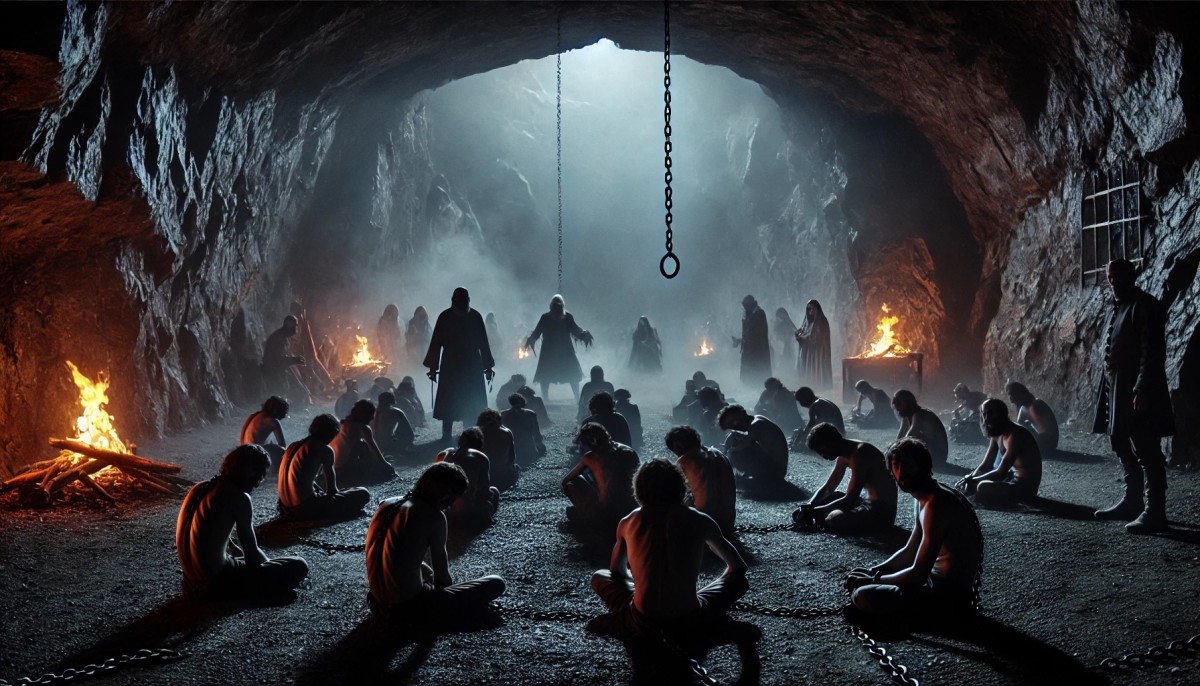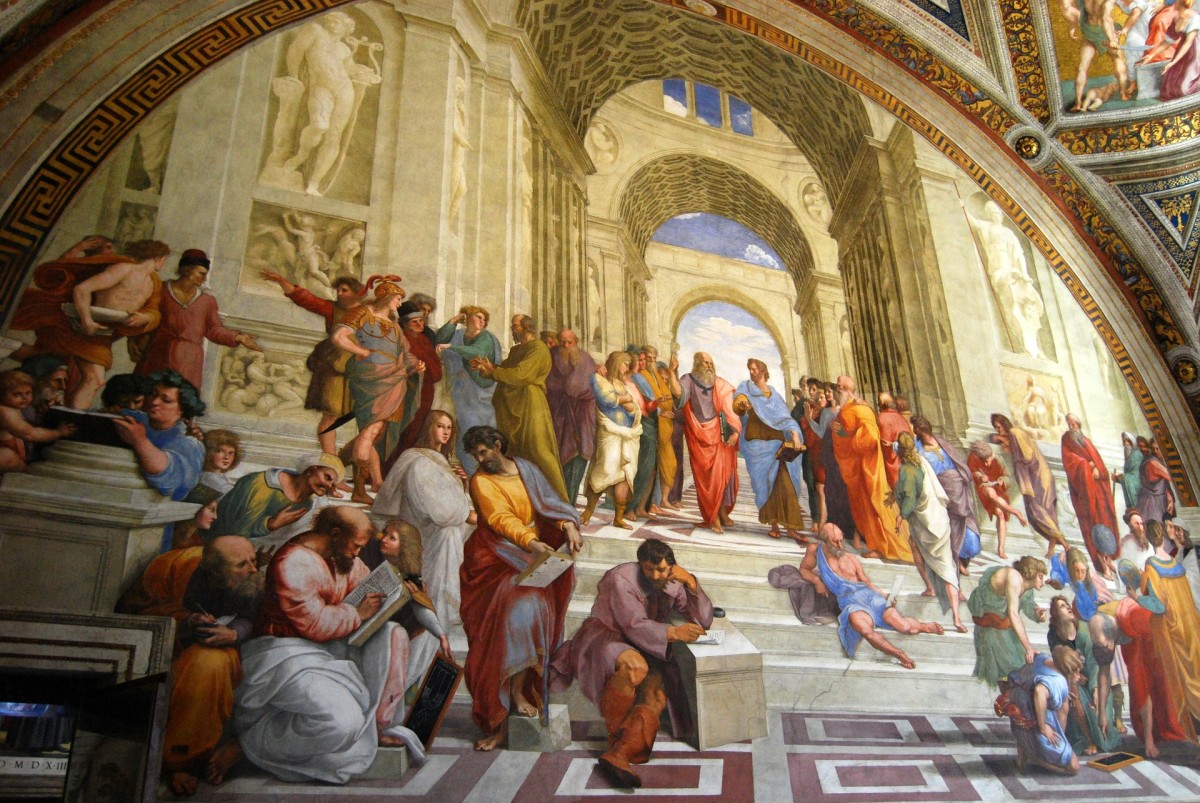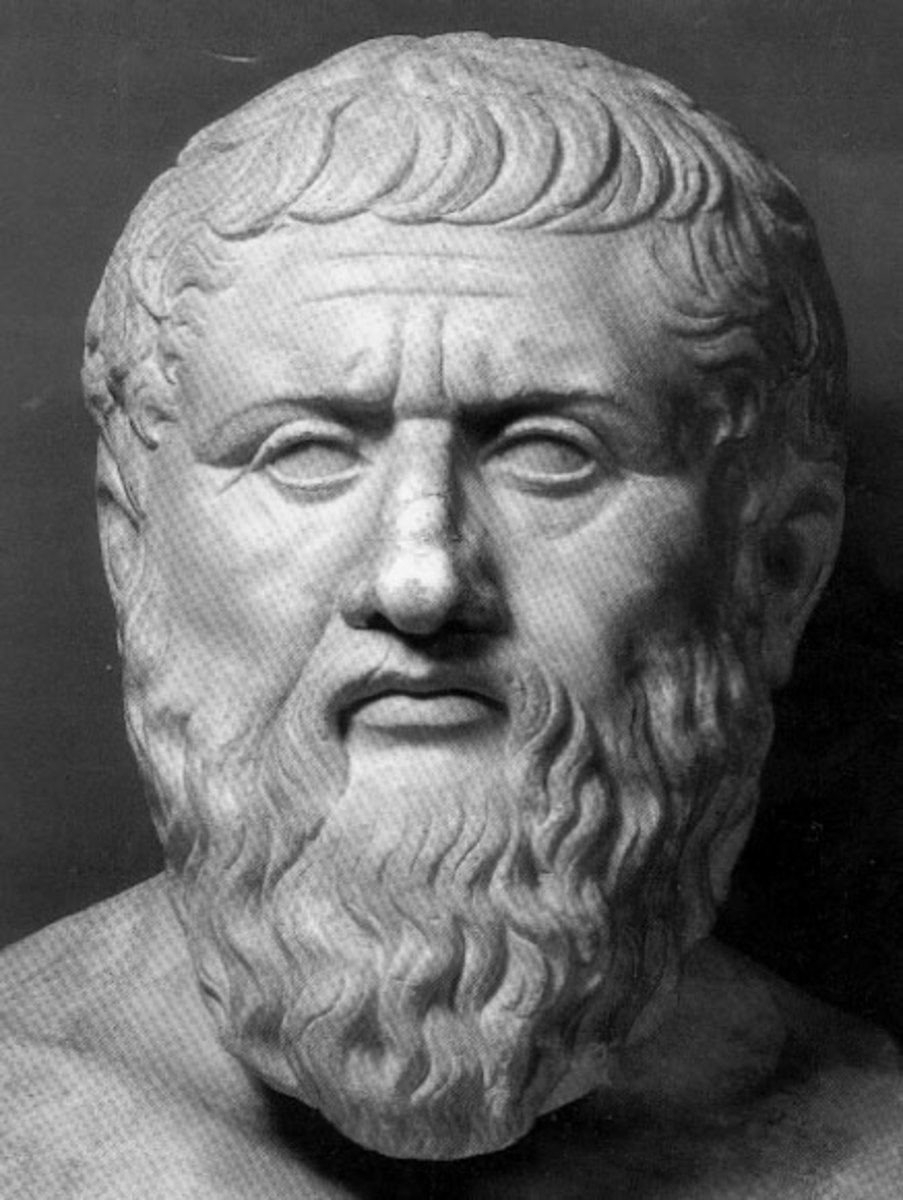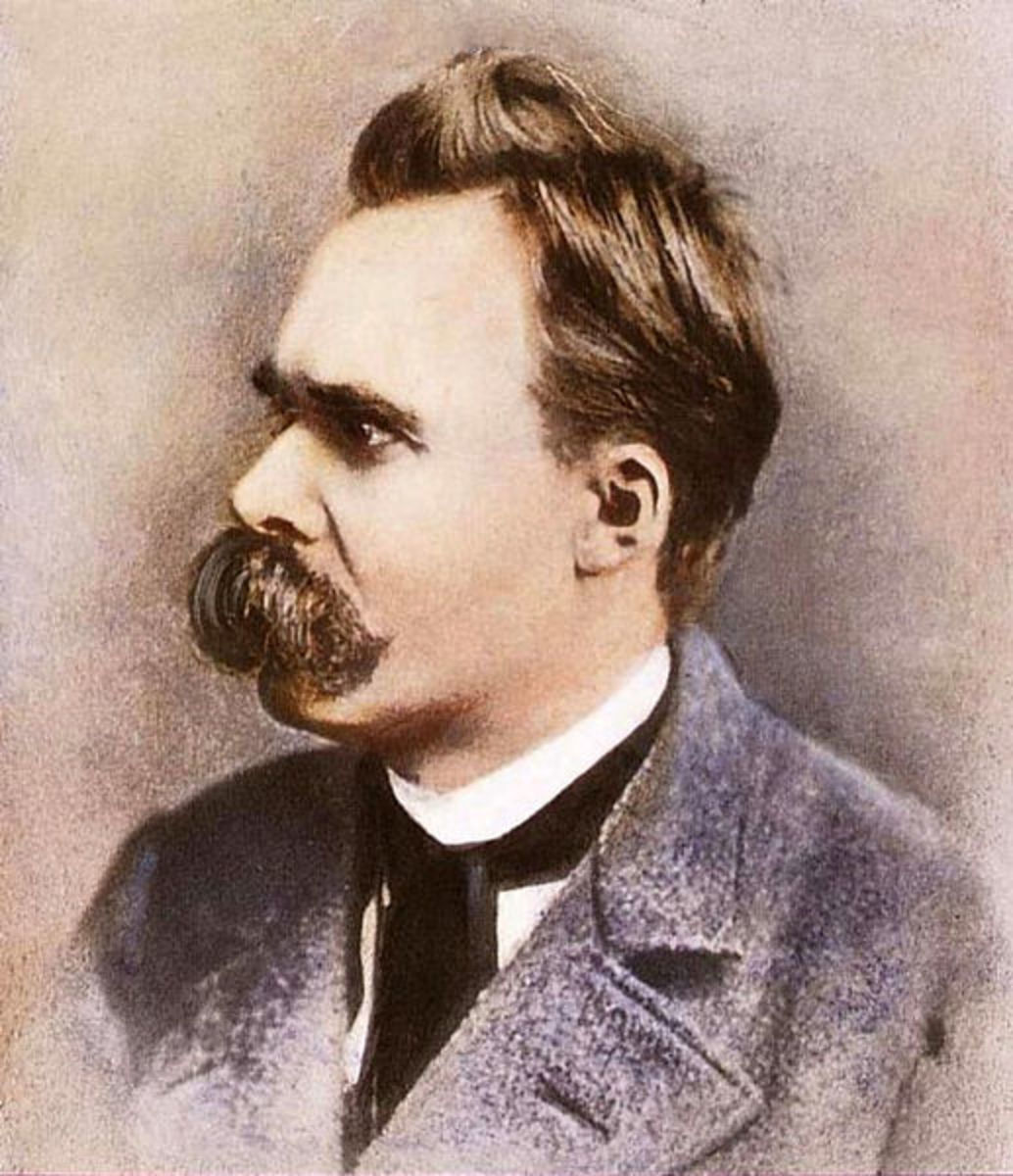An Explanation of Plato's 'Allegory of the Cave'
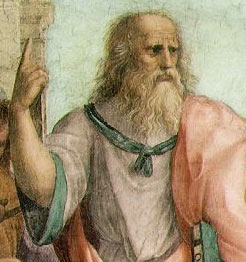
Like with so much of Plato's writing, the allegory of the cave featured in Plato's Republic is presented to the reader as a conversation between Plato's famous mentor, Socrates, and another - in this case, Plato's brother, Glaucon. The purpose of the allegory is simple, even if the allegory itself may seem strange - to show the true difference, as Plato saw it, between the educated and the uneducated.
In the allegory, we are asked to imagine a row of prisoners kept securely bound in a cave - so securely, in fact, that they cannot even do as much as turn their heads to look at each other, or the rest of the cave. In front of them, there is only the wall of the cave, itself - the only thing that the prisoners are ever permitted to see.
Some distance behind them, there is a large fire which provides the cave with its only illumination. At regular intervals, figures move back and forth in front of this fire, often carrying a variety of items - and, their shadows are cast onto the cave's wall.
For these prisoners, who have been kept secured in such a way for much of their lives, this cave wall and the shadows that are cast upon it is all that they have ever really known of the physical world. So, it is perhaps only natural that they have each long ago come to believe that this is all there truly is. They have no knowledge of the fire, or the figures, behind them - so, with no evidence to the contrary, the prisoners are left to assume that the shadows on the wall are, in a very literal sense, 'real'.
From here, the allegory continues and we are asked to imagine that one of these prisoners is chosen to be released and led from the cave. First, we would have to imagine that the prisoner would be shocked by the sight of the figures behind him, and blinded by the harsh glare of the fire's light. He would be naturally overwhelmed, at first - but, we might imagine that he would soon come to recognize that this is the true source of the shadows on the wall. He would see the figures, the items they carried, and the fire itself, and he would recognize them as representing a more profound truth than what he had known only a moment earlier.
From there, we are also asked to imagine that this recently freed prisoner were to be taken from the cave, itself, for the first time - to be allowed to stand beneath the sun, and to catch his first glimpse of the world outside the cave. Once more, we would have to imagine, the recently liberated prisoner would find himself overwhelmed by what he is permitted to see - by the blinding light of the sun, and by the sight of the world outside, which makes his own cave seem small and insignificant. Once more, we could also imagine that he would soon come to accept this new reality as superior to the one he had left behind. Presented with this new world, he would soon come to realize exactly how small and insignificant his life within the cave had been. Free to finally move as he wished, he would soon come to realize exactly how constrained he had truly been.
It is only natural, from this point, to imagine that this recently liberated prisoner would be eager to return to his fellows - not to rejoin them but, rather, to share with them what he has learned, in the hope that he could seem them liberated, as well. But, the prisoners still kept securely bound within the cave, having not shared in their fellows experience, would see only a man who seems overwhelmed and, perhaps, driven to madness. They would see a man left blinded by the darkness of the cave, and come to believe that his experience has harmed him in some way. Also, with no experience of their own, they would have no way to understand what he is trying to share with them. In these circumstances it would, perhaps, make sense that they would choose to reject the knowledge that the liberated prisoner is offering - choosing, instead, to continue to put their faith in the shadows on the wall.
As with so many things, there seems to be plenty of room for interpretation in Plato's allegory. The more purely philosophical interpretation would, of course, concern itself with the value of the pursuit of knowledge versus willful ignorance. The liberated prisoner was, after all, just as content as his fellows before being given the opportunity to discover a greater truth - but, in learning that truth, he effectively separated himself from the prisoners left behind. Knowing what he now knows, it would probably be fair to say that the thought of being bound in the cave, once more, would be horrifying for the freed prisoner.
In this regard, the allegory also contains an element of the broader Theory of Forms occasionally discussed by Plato throughout his writing. The Theory of Forms, as presented by Plato, suggests that what we see in the world around us in our daily lives is, much like the shadows on the wall of the cave, only an imperfect representation of a greater truth - a greater truth in which every object that exists in the physical world around us is, essentially, little more than a representation of an perfect, non-material, Form.
Putting the philosophical connotations aside, for the moment, it is also possible to give the allegory a political slant by imagining it as an allegorical exploration of the ways in which a ruler may wish to control their subjects - whether by restricting, or controlling, access to knowledge, or actively working to suppress dissenting voices.
© 2015 Dallas Matier

